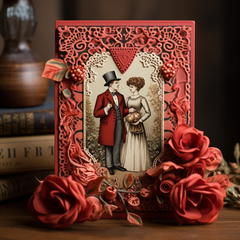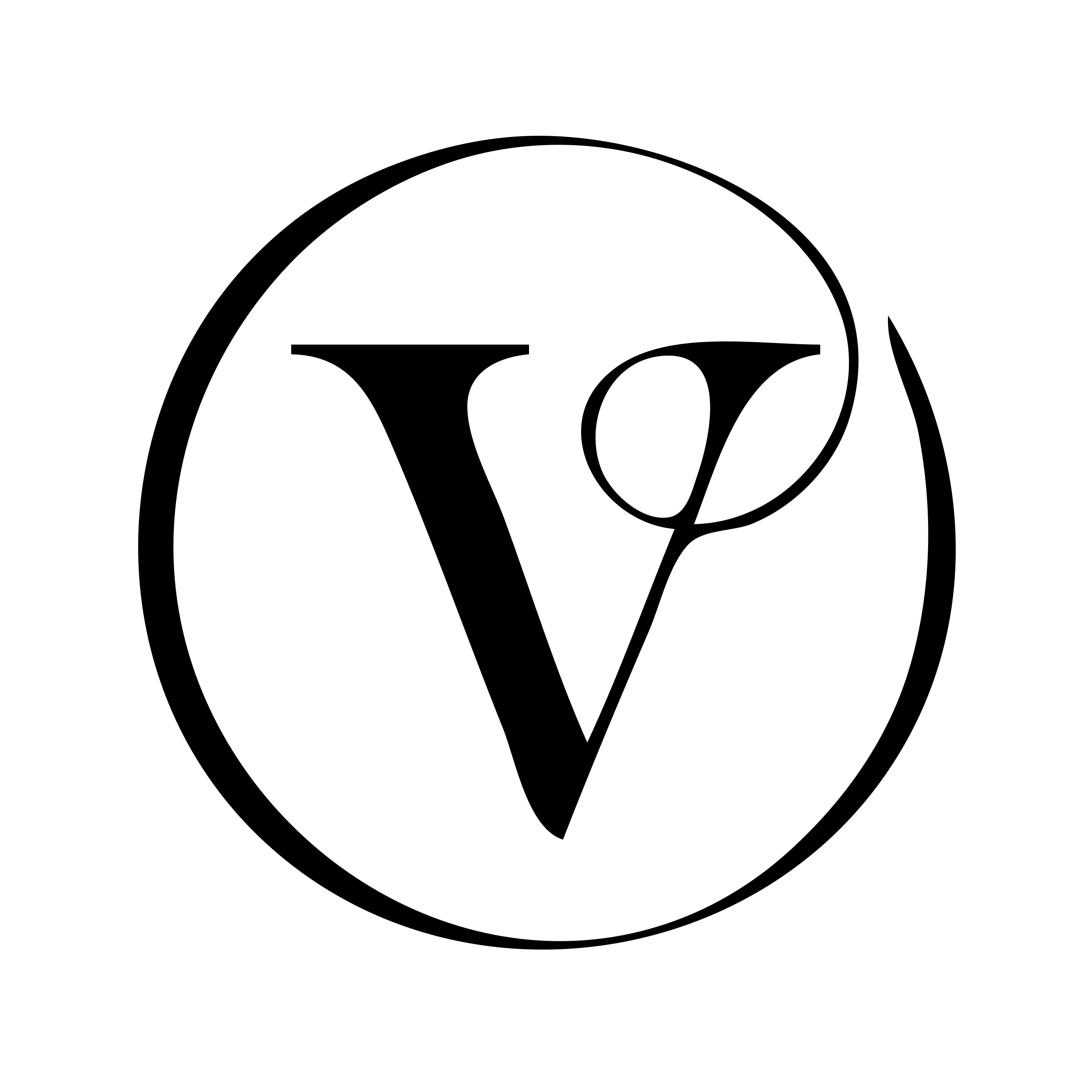Valentine's Day Blog Series: Part 1
Valentine's Day, a celebration of love and affection, has captivated hearts for centuries. The origins of this romantic day are steeped in history, blending tales of love, martyrdom, and tradition. Join us on a journey through time as we unravel the intricate tapestry that weaves together the history of Valentine's Day.
Ancient Roman Roots:
Lupercalia Festival:
Valentine's Day finds its earliest roots in the ancient Roman festival of Lupercalia, celebrated in mid-February. This fertility festival honored the Roman god of agriculture, Faunus, and the founders of Rome, Romulus, and Remus. During Lupercalia, priests, known as Luperci, would sacrifice goats and dogs and use their hides to whip women, as it was believed to enhance fertility.
Saint Valentine: The Patron of Love:
Multiple Legends:
The association of Valentine's Day with love and romance gained prominence during the medieval period, but the exact origins remain shrouded in mystery. One popular legend attributes the day to a Christian martyr named Valentine. Several martyrs named Valentine are recognized by the Catholic Church, and it's unclear which one inspired the celebration.

Emperor Claudius II's Ban:
The most popular legend centers around a priest named Valentine during the rule of Emperor Claudius II. The emperor had banned marriages for young soldiers, believing that single men made better soldiers. Valentine defied this decree and continued to perform marriages in secret, leading to his arrest and eventual execution.
The Chaucer Connection:
Literary Romance:

Geoffrey Chaucer, the medieval English poet, is often credited with romanticizing Valentine's Day. In his work, "Parlement of Foules" (The Parliament of Fowls), written in the 14th century, Chaucer links the day with the mating of birds, creating a poetic association between February 14 and love.
The Rise of Greetings and Love Tokens:

Written Expressions:
By the 15th century, written Valentine's Day greetings began to appear. These love notes, often in the form of handwritten letters, expressed affection and admiration. The oldest known Valentine's Day card dates back to the 1400s, and these tokens of love gained popularity over the following centuries.
Victorian Era: Flourishing Sentiments:

Elaborate Cards and Gifts:
The Victorian era saw a surge in the popularity of elaborate Valentine's Day cards. Intricately designed and adorned with lace, ribbons, and cupids, these cards became an art form. Additionally, the exchange of small gifts and tokens of affection flourished during this time.
Commercialization and Modern Celebrations:
20th Century:
As printing technology advanced, the mass production of Valentine's Day cards became more accessible. The mid-20th century witnessed the commercialization of the holiday, with the introduction of pre-printed cards and the popularization of gifts like chocolates and flowers.
Global Expressions:
In the 21st century, Valentine's Day has become a global celebration of love, transcending cultural boundaries. While traditional gestures like exchanging cards and gifts persist, modern celebrations also include romantic dinners, weekend getaways, and various expressions of love on social media.
Modern Traditions:
Today, Valentine's Day is celebrated worldwide with a myriad of traditions. Couples exchange cards, flowers, and chocolates, while others indulge in romantic dinners or weekend getaways. The day has expanded beyond romantic love, with friends and family also expressing affection through cards and gifts.
Love in the Digital Age:
Virtual Affection:
The digital age has transformed the way we express love on Valentine's Day. E-cards, virtual messages, and online celebrations allow individuals to connect across distances, fostering a sense of togetherness in the age of technology.
The Timeless Essence of Love:
Celebrating Diversity:
As Valentine's Day continues to evolve, it has embraced diversity, acknowledging that love exists in myriad forms. Beyond romantic love, the day celebrates friendship, familial bonds, and self-love, creating a more inclusive and expansive expression of affection.
A Final Note:
Valentine's Day, with its roots in ancient traditions and a blend of historical legends, has transformed into a global celebration of love and affection. From humble beginnings as a fertility festival to the elaborate expressions of love in the modern era, this day continues to evolve, reminding us of the enduring power of love throughout the ages. As we exchange tokens of affection on February 14, we participate in a celebration that transcends time and culture, honoring the timeless theme of love in all its forms.

